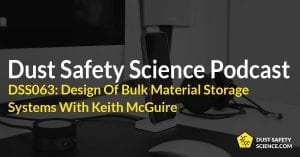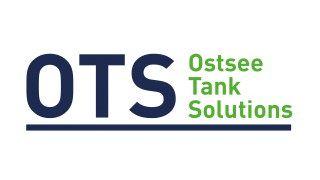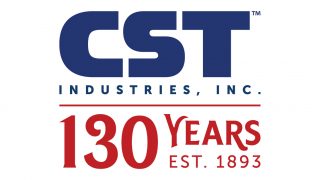-
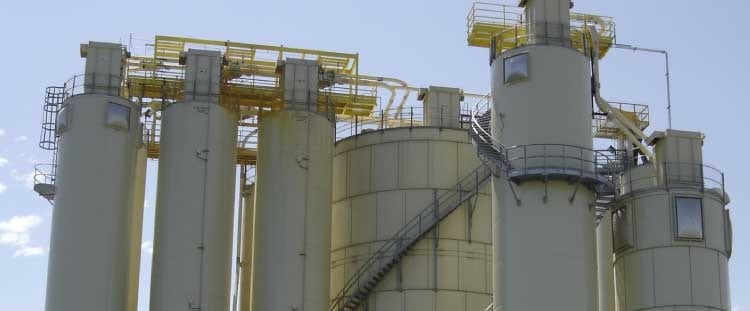
Contact CST for Complete Dust Hazard Assessment and Solutions
Combustible Dust Hazard Services
Combustible Dust Hazards are becoming more known in the industry and therefore have gained additional exposure due to the OSHA Combustible Dust National Emphasis Program (NEP). A new Combustible Dust Standard NFPA 652, Mandates full compliance by 2020 due to an increase in dust explosions. CST offers complete Combustible Dust Services.
According to the mid-year 2018 Combustible Dust Report, there have been 89 recorded fires and 26 recorded dust explosions in industries handling combustible dust. As your original silo manufacturer, CST has partnered with industrial safety solutions manufacturer Fike, and Conversion Technology, Inc. to provide comprehensive service for NFPA 652 Combustible Dust compliance. Through this partnership, CST is positioned to be your single point of contact to take you through the initial analysis and any repair or modifications, if needed. CST will serve as the primary liaison so you know who to go to if you have a question.
Not sure if you are compliant? Need help finding out? Let’s begin with a simple combustible dust test.
Preventing Combustible Dust Explosions – Combustible Dust Hazard Assessments Now Available
CST, Fike, and Conversion Technology, Inc. will walk you through the process of dust testing and dust hazard analysis, then provide recommendations for deflagration venting and suppression for tanks, bins, and other equipment. Our expert team of engineers and project managers can provide and implement specific solutions where safeguards are needed against dust explosions.
STEP 1 – DUST TEST: Determine whether dust is indeed combustible. If results are positive, Step 2 is required
STEP 2 – ON-SITE ANALYSIS: Dust hazard analysis (DHA) determines most susceptible equipment & effective solutions
STEP 3 – SHARE: Communicate results of DHA to staff
STEP 4 – PROTECT: Implement safety solutions to susceptible equipment
Our process safety professionals have served clients in a variety of industries including, Food Products, Agricultural Dusts, Carbonaceous Dusts, Chemical Dusts, Metal Dusts, Plastic Dusts, Wood Dusts and Biomass Dusts.
For a comprehensive list of specific combustible dusts, visit https://www.osha.gov/Publications/combustibledustposter.pdf
Featured Projects
-
Dry Bulk & Liquid Storage Tanks
-
Architectural Covers
-
Aluminum Domes, Reservoir & Flat Covers
-
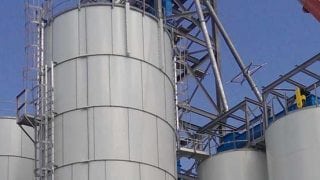
Grain Tanks Help Whiskey Flow at Jack Daniels
In a world that moves too fast, it’s nice to know some people don’t believe in shortcuts. That’s the spirit behind Jack Daniel’s, America’s oldest registered distillery. Founded in 1866, Jack Daniel’s is an iconic brand that’s synonymous with whiskey. From its modest beginnings, it has grown into a global brand that is available in […]
-

CST’s Solution for the Francis A. Gregory Library – Aluminum over Steel
Situated in Fort Davis Park where a Civil War fort once stood, this iconic 25,500-square-foot structure is an elegant yet accessible gathering place for local residents – a re-imagining of what a library can be. The new Francis Gregory Library is stunning, beguiling, welcoming, and complements its leafy surroundings.
-

An Innovative Cover Solution Extends Reservoir Life
Styles come and go, and sometimes reappear. Take hats, for example. What’s fashionable in the 60s went out in the 70s but may come back a few decades later. However, when it comes to municipal water facilities, yesterday’s model is gone for good, replaced by a more contemporary, sustainable design.
-
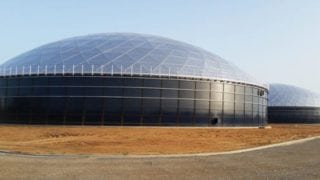
Point Lisas, Trinidad Receives 2 State-Of-The-Art Glass-Fused-To-Steel Water Storage Tanks as Part of Nation’s First Water Recycling Project for Water Provision
Read Latest Case Study Here – Point Lisas, Trinidad Receives Two State-Of-The-Art Glass-Fused-To-Steel Water Storage Tanks
-

Above the Big Top: CST and Bell County, Texas Put on a Blockbuster of a Show
Even when the lead actor gets sick, the show must go on. Not only is that true in show business, but it’s also true with big entertainment venues. Keeping the lights on and the seats filled during an extended period of repairs is a testament to collaboration and intelligent design, and that’s the spirit behind […]
-
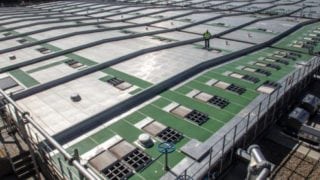
Odor Under Cover: A Solution for the Largest Wastewater Treatment Plant in Europe
Beckton Sewage Treatment Works is one of five wastewater treatment plants in the Thames Water network in the United Kingdom and the largest treatment plant in Europe. Headquartered in the London borough of Newham, it serves 3.7 million people, mainly in north and east London. As part of a $309 million upgrade to the Beckton […]




